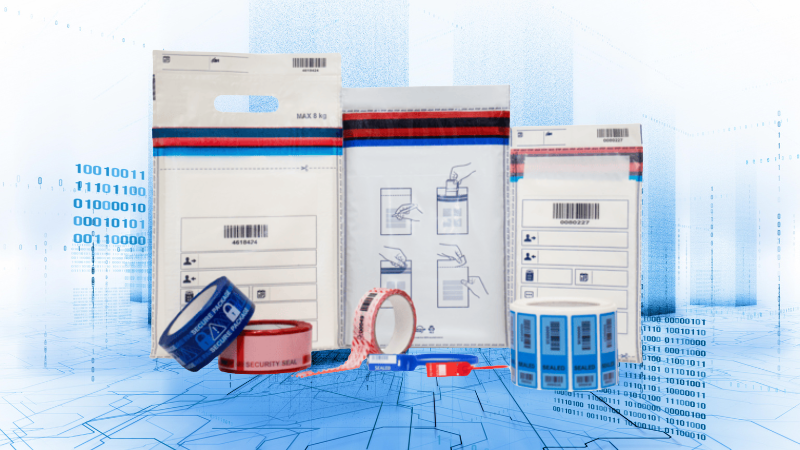When thinking about network security, the focus often shifts to firewalls, encryption, and software solutions. Yet, physical security remains a foundational aspect of safeguarding networks. Threats like theft, hardware tampering, and unauthorized access can compromise sensitive data, disrupt operations, and lead to costly downtime.
Tamper-evident solutions, such as specialized bags and seals, provide an essential line of defense. This article explores why physical network security matters and how tamper-evident tools play a vital role in ensuring IT infrastructure safety.
What is Network Physical Security?

Network physical security encompasses all measures taken to protect the physical components of a network infrastructure from unauthorized access, damage, or theft. These physical components include the physical hardware, like servers, routers, switches, and cabling, and the physical spaces housing them, like data centers.
The security measures to protect these physical assets range from basic to highly advanced:
- Basic Protections: Standard measures include securing server rooms with locks, key cards, and access control systems to limit access to authorized personnel.
- Advanced Measures: Advanced strategies incorporate environmental controls like maintaining optimal temperature and humidity levels, power backup systems to prevent downtime, and safeguards against natural disasters or physical attacks.
- Tamper-Evident Solutions: Tamper-evident technologies and tools play a critical role in enhancing network physical security. These solutions, such as tamper-evident seals, bags, and labels, provide a clear indication if an attempt is made to access or interfere with critical network hardware.
By integrating tamper-evident solutions with other physical security measures, organizations can add an extra layer of protection, ensuring their IT infrastructure remains secure and any breaches are promptly identified.
Physical Security Threats and Vulnerabilities
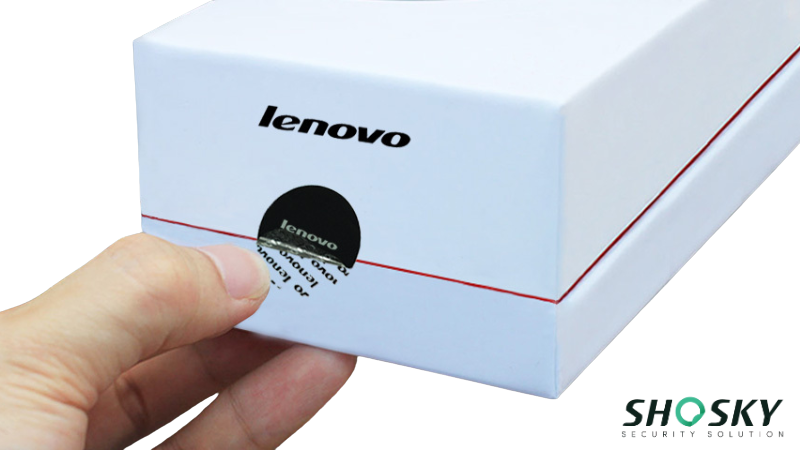
Physical threats to network infrastructure come in various forms, from theft and vandalism to accidental damage and natural disasters. These threats pose risks not just to physical hardware but also to the sensitive data they contain. Unauthorized access points, such as unsecured doors or open server racks, and insufficient surveillance create openings for threat actors to exploit.
Common physical security vulnerabilities include:
- Lack of effective access control measures.
- Inadequate monitoring through CCTV cameras or other sensors.
- Poorly designed facilities with weak entry points.
Unlike cyberattacks, many physical security threats can be executed with minimal technical expertise, making them a significant concern for organizations. For example, a person posing as a maintenance worker could easily gain access to critical equipment.
Addressing these vulnerabilities through robust physical security measures like restricted access, tamper-evident seals, and monitoring systems is crucial. Proactively identifying and mitigating these risks not only protects valuable assets but also ensures the integrity of business operations and prevents disruptions caused by physical breaches.
Tamper-Evident Tools for Physical Network Security

To safeguard the physical assets of your networks, you need to know more about tamper-evident tools. There are many different tamper-evident tools:
Tamper-Evident Bags
Tamper-evident bags are specially designed to secure items like cash, documents, or sensitive equipment by showing clear evidence of unauthorized access. These bags feature security mechanisms such as adhesive closures, tamper-evident material, and hidden messages that reveal if the seal has been broken or compromised.
Use cases of tamper-evident bags include:
- Securing confidential business documents during transit.
- Protecting sensitive network components, such as hard drives or backup tapes, during transportation.
- Safeguarding cash deposits in financial operations to ensure accountability.
By using tamper-evident bags, organizations can maintain the chain of custody for critical assets and detect any attempts at interference.

Tamper-Evident Seals
Tamper-evident seals are versatile security tools designed to protect network equipment, server racks, and other critical hardware. These seals create a physical barrier and show visible signs if tampered with.
Types and applications of tamper-evident seals include:
- Cable Seals: Ideal for securing wiring and network cable systems to prevent unauthorized disconnections or tampering.
- Bolt Seals: Commonly used for locking data center racks or transport cases containing sensitive hardware.
- Plastic Security Seals: Suitable for low-security items like access doors or lockers.
- Adhesive Seals: Used for packaging to protect against unauthorized access, theft, and tampering.
Examples: High-security seals, such as numbered or barcoded seals, offer an added layer of protection by providing traceability. They are especially useful in environments where sensitive equipment is stored or transported, ensuring that unauthorized access is immediately identifiable.
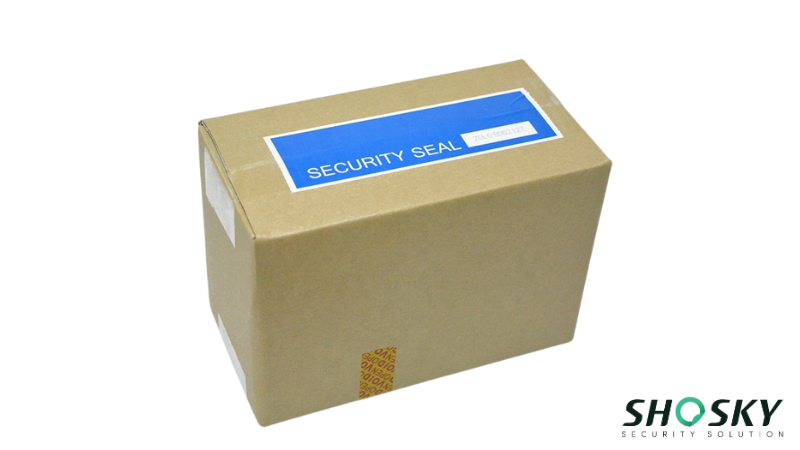
Security Tapes
Security tapes are a crucial component in securing shipments and network-related packages. These tapes use tamper-evident materials that leave visible marks or messages like “VOID” when removed. Customizable with logos, barcodes, or QR codes, they enhance both security and branding.
Applications of security tapes include:
- Packaging critical network equipment for shipping.
- Securing storage boxes containing spare hardware or archived data.
- Preventing unauthorized access to repair kits or emergency supplies.
By incorporating security tapes into your packaging strategy, you not only deter tampering but also gain an added layer of accountability and traceability.
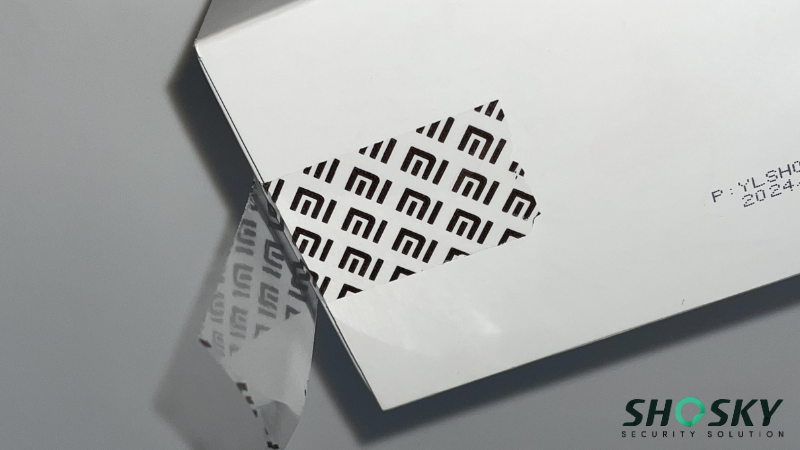
Security Labels
Tamper-evident security labels are used to secure smaller items like laptops, USB drives, or storage media. These labels adhere to surfaces and display tamper evidence through broken patterns, color changes, or residue when removed.
The key features of security labels include:
- Customizable with company branding, serial numbers, or tracking codes.
- Equipped with advanced technologies like RFID chips or holographic designs for added protection.
The benefits of tamper-evident security labels extend beyond merely detecting tampering. They serve as a strong deterrent against unauthorized access by clearly communicating the presence of security measures. These labels also help verify the authenticity of items, reducing the risk of counterfeiting and ensuring that critical assets remain protected.

Other Essential Tools for Network Physical Security
While tamper-evident solutions play a critical role, other security tools complement them to create a comprehensive protection system:
- CCTV Surveillance: Cameras provide continuous monitoring of sensitive areas like server rooms and data centers. With advanced features such as motion detection and remote access, CCTV systems deter unauthorized activity and ensure accountability.
- Environmental Monitoring Devices: Tools like temperature sensors, smoke detectors, and flood alarms protect network equipment from damage caused by environmental factors such as overheating, fire, or water leaks.
- Locks and Barriers: Physical locks for server racks, cages, and access doors provide additional protection against unauthorized entry.
Combined with tamper-evident measures, these tools strengthen your overall security posture by addressing both intentional breaches and environmental risks. When layered together, they create a multi-faceted defense system that safeguards your physical network infrastructure from every angle.
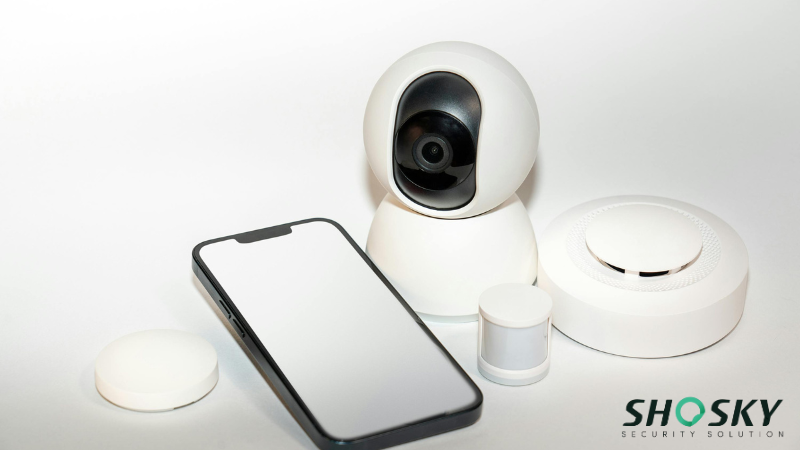
Physical Security Measures for Network Infrastructure
To ensure comprehensive protection, it’s essential to implement broader physical security strategies in addition to individual tamper-evident tools. These strategies lay the groundwork for a secure network environment and help prevent unauthorized access from the very beginning. A crucial first step is to control access to critical areas of the network.
Restricted Access to Network Equipment Rooms
A fundamental physical security measure is the restriction of access to network equipment rooms. These areas house critical hardware such as servers, switches, and routers, which must be kept secure at all costs. By limiting access through controlled gates or locks, organizations ensure that only authorized personnel can enter these rooms.
Security measures like biometric scanning or keycard systems can provide the necessary credentials to verify access rights, ensuring that sensitive equipment is protected from both internal and external threats. The effectiveness of these measures is amplified by the use of tamper-evident seals and CCTV monitoring, which help monitor any unauthorized attempt to breach the premises.
Secure Storage for Critical Hardware and Data Backups
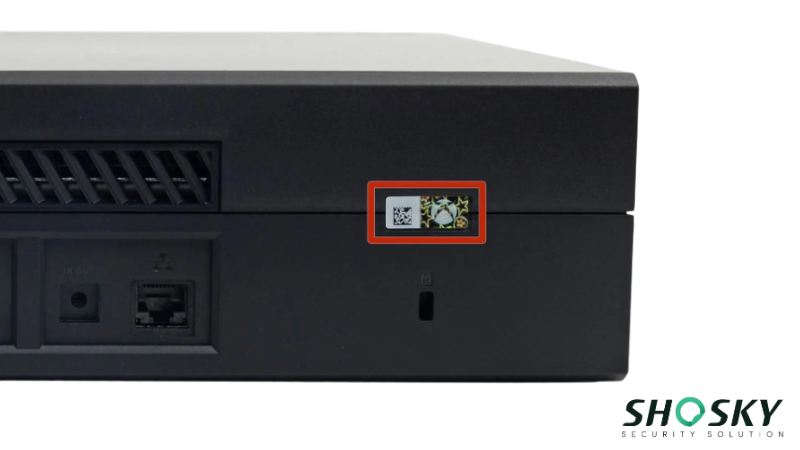
Securing critical network hardware and data backups is essential in preventing loss or tampering. Proper storage solutions, such as locked cabinets or safe areas within data centers, are necessary to prevent unauthorized access.
Implementing tamper-evident seals and security labels on storage devices or backup media further enhances this protection. These tools ensure that any tampering or unauthorized removal of hardware is immediately detected, allowing the security team to take appropriate action.
By incorporating such physical security measures, organizations can maintain the integrity and confidentiality of their data while minimizing the risk of potential threats.
Regular Audits and Inspections of Tamper-Evident Tools
To ensure the ongoing effectiveness of physical security measures, regular audits and inspections of tamper-evident tools are critical. These inspections help verify the functionality of seals, labels, and other security devices, ensuring they haven’t been compromised.
Security teams should schedule routine checks to assess the condition of these tools and replace any damaged or worn-out components.

Regular audits not only enhance physical security but also provide insight into potential vulnerabilities, helping organizations stay aware of emerging threats and proactively address them. With proper audits, organizations can ensure their physical security investment remains effective over time.
How to Choose the Right Tamper-Evident Products?
Selecting the right tamper-evident products is crucial to effectively securing network infrastructure.
The first consideration is the durability and reliability of the product. Given the nature of physical security threats, it’s crucial to choose tamper-evident seals, bags, barbed wires, and labels that can withstand wear and tear, especially in harsh environments.
It’s also important to choose tamper-evident products that comply with industry standards. Compliance with recognized standards ensures that the products meet the necessary legal and security requirements. It also ensures that the security measures are aligned with best practices, offering effective protection against emerging threats.
Standards from authorities such as ISO 17712 (high security seals) and ISO/IEC 27001 (IT security management) can serve as guidelines for selecting products that align with the organization’s security goals.
By carefully evaluating these factors, organizations can select tamper-evident tools that provide comprehensive protection for their physical network infrastructure while enhancing the overall security posture against potential threats.

Common Mistakes in Physical Network Security
Even with strong intentions, many organizations unknowingly leave their physical networks vulnerable. Identifying and addressing these common missteps is key to strengthening your overall security posture. The table below outlines frequent mistakes and their associated risks:
| Mistake | Why It’s a Problem | Recommended Solution |
|---|---|---|
| Ignoring small access points | Minor oversights like unsealed cabinets can be exploited by intruders. | Use tamper-evident seals and perform regular physical inspections. |
| Over-reliance on digital security | Physical breaches can bypass all software-based protections. | Integrate tamper-evident tools with digital security protocols. |
| Lack of employee training | Staff unaware of protocols may unintentionally compromise physical security. | Conduct regular training and establish clear procedures for physical asset handling. |
| Infrequent audits of physical defenses | Outdated or damaged seals may fail to reveal tampering. | Implement routine audits to check the integrity of tamper-evident devices. |
| Poor access control implementation | Unrestricted access increases the risk of insider or outsider threats. | Restrict access to sensitive areas with biometrics, keycards, and surveillance systems. |

By avoiding these pitfalls and taking a proactive approach, organizations can drastically reduce the likelihood of physical breaches. Consistent evaluations, staff training, and tamper-evident measures work together to form a reliable line of defense.
Future Trends in Physical Network Security
As technology advances, innovations in tamper-evident products are set to revolutionize physical network security. New materials and designs are being developed to offer enhanced durability, improved functionality, and even more effective detection of tampering attempts.
For instance, the integration of smart sensors with tamper-evident bags or seals could provide real-time alerts to network administrators, making it easier to respond to physical security breaches as they occur. Such innovations will undoubtedly make it even harder for attackers to bypass security measures undetected.
Besides, a growing trend in physical network security is the integration of physical and cybersecurity solutions into a hybrid model. This approach combines the strengths of both domains, allowing for a more comprehensive defense against both digital and physical threats.
By merging both elements, organizations can create a robust security framework that is better equipped to handle potential threats and mitigate vulnerabilities across their entire network system.
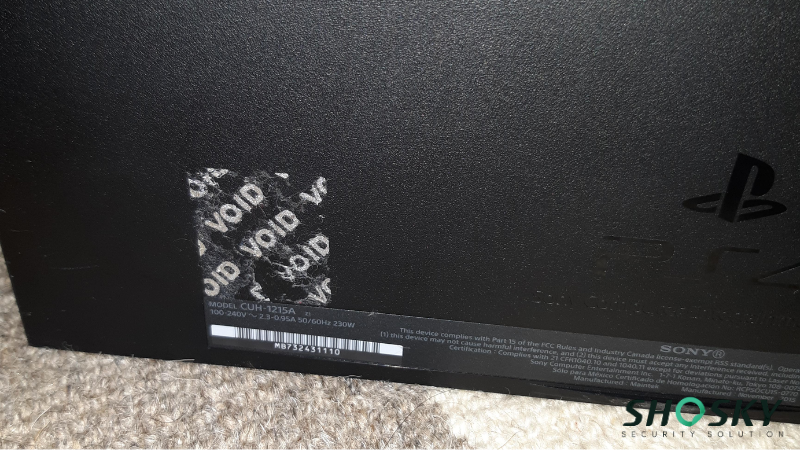
FAQs
Are there standards for tamper-evident products in IT security?
Yes, tamper-evident products in IT security must comply with industry standards such as ISO/IEC 27001.
What is a tamper-evident bag used for in network security?
A tamper-evident bag is used in network security to protect sensitive equipment, such as servers or storage devices, from unauthorized access or tampering.
What are the four types of physical security?
The four types of physical security include access control, surveillance, perimeter security, and security guards.
Conclusion
Ensuring the physical security of IT infrastructure is vital to protecting sensitive data and maintaining uninterrupted operations. Tamper-evident solutions, such as seals, bags, and labels, act as a strong deterrent against tampering and unauthorized access. Incorporate these tools to reduce risks, stay compliant, and protect assets effectively.
Shosky: Your Partner in Security!
At Shosky Security, we specialize in providing top-notch tamper-evident bags, seals, and labels. Whether it’s securing network hardware or ensuring the integrity of critical assets, our solutions help safeguard your operations with confidence. Contact us today to explore how we can enhance your network’s physical security.
